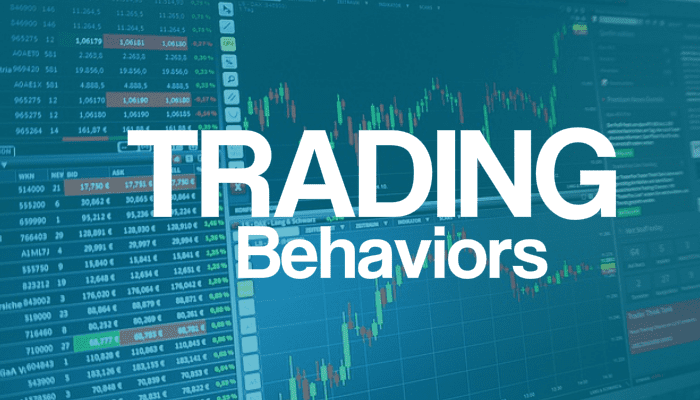The way of seeing this potential is in identifying trader specific trading behaviors which can most definitely lead to a higher ROI.
“Companies that don’t grasp or internalize the customer journey are obstructed from seeing its potential for optimization and innovation,”
– Brian Solis, world renowned digital business expert
Trading brokerages typically focus on identifying those traders that are most likely to make a deposit while other trading behaviors are often overlooked. One reason this happens is because for the most part, brokerages lack the technology to provide those insights on trading behavior and the effect on business output.
To analyze trader behavior and understand the complete story of trading actions, brokerages should consider harnessing the power of advanced analytics, that is built to analyze behavior across all the customer touchpoints, while connecting the dots between different datasets from marketing campaign data, through web and mobile apps all the way down to the trading platform and CRM.
Revealing patterns in trader behavior, paves the way to optimization of the trader journey to successful conversion, while increasing acquisition ROI and the holy grail. Higher customer loyalty.
Here are five examples of identified trading behaviors an online brokerage can utilize to optimize business performance.
Traders with money in their account but no trading history
Keep an eye out for traders who leave deposits but don’t actually trade. Such traders, tend to churn at a higher rate. They could either be scammers, or real traders experiencing a problem that prevents them from starting to trade.
Identifying those traders in the early stage right after making the deposit, and acting on them quickly by presenting them with a tutorial, email or promotion will increase their chances to continue trading and lower their chances of dropping off.
In the case of a scammer, however, this behavior should be identified as early as possible in order to prevent fraudulent transactions.
Traders with a high frequency of trading sessions but high numbers of chargebacks
Surely, traders should be looked at with the highest session frequency. But analyzing this segment of traders, in conjunction with chargeback data, would point to those users with the highest number of chargebacks, who are actually costing the brokerage.
Data on top traders in advanced analytics is always cross-referenced with financial data to gain a more accurate segmentation of traders.
The path from trader registration to making an FTD
What is the most popular path (customer journey) for traders that starts with the registration and followed by an FTD? Does their participation in a demo trading session make them more likely to make a deposit and trade for real money? If the trader is successful in their demo trading session, are they more likely to trade more frequently and place larger trades? Are forex traders who complete educational videos about different trading strategies more likely to make that FTD?
These are the types of questions that advanced analytics can provide answers to. The answers will give a brokerage access to substantial information that will impact the flow of potential traders to the firm. With that information, the brokerage can market to the discovered group and provide them with the resources they need to invest, increasing the probability that they will make a FTD.
The different volumes of trading for each geographic region, as well as the channels and assets they prefer
What if a brokerage knew that traders from Asia were more frequent traders and that they preferred trading the Yen? What if the brokerage knew that during a particular period of time, traders from Arabic-speaking countries were more engaged via Facebook ads than any other type of ad? If brokers could gauge these types of trading behaviors, their geographic regions, preferred marketing channels and trading assets ahead of time, enabling brokers to optimize these trading behaviors by adjusting their marketing budget accordingly.
Traders who don’t trade within the first 72 hours post deposit.
The first 72 hours after a trader deposit is made is crucial, as it determines whether or not a trader will become an active trader. That’s why targeted marketing campaigns within this timeframe are so critical. They can affect the trader’s strategy, trading frequency and tolerance for risk. Advanced analytics platforms can monitor this type of behavior to encourage higher engagement.
Understanding trader behavior can be complex, depending largely on each trader’s ability to tolerate risk and the financial instrument they choose to trade. Forex trading can be especially complex due to the fact that traders take many different actions, through many different touchpoints during their trading journey. Data from trader actions becomes scattered in different data points Advanced analytics enables businesses to gather data from these different databases to gain a clearer understanding of trader behavior in order to maximize ROI.

































